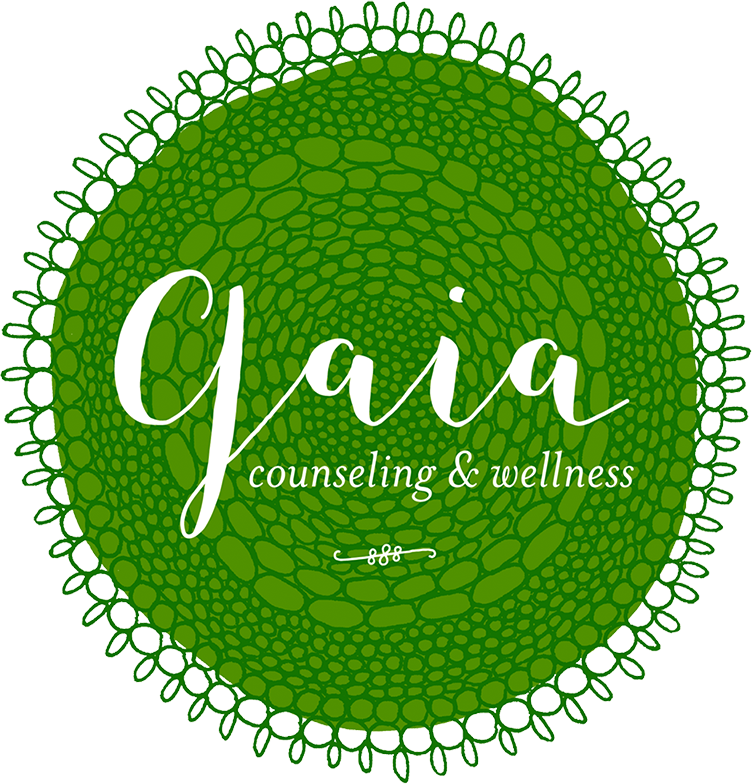From Planting to Flourishing:
A Guide to Children’s Therapy
PLANTING: Introduction to Relationship
Contact Us: Get in touch with our Practice Manager, who can help get you matched with one of our therapists. Please provide the age of the potential client, as well as your primary reasons for seeking therapy.
Get connected with a Gaia therapist: Our Practice Manager will assess who on our team might be the best fit, and connect you with that therapist to schedule a free 10-15 minute consultation call. This is an opportunity for the therapist to introduce themselves and their approach and for you to ask any questions you may have. It provides an opportunity for both parties to assess if it feels like a good fit to work together.
Schedule intake session: What is an intake session? It is a chance to gather more information and history, and for therapists to share some information about their process. It could be a little longer than our standard 45 minute session or broken up into 1-2 sessions. This will look a little different depending on your therapist and your kiddo’s age range: from parent only, parents and children or just kid (for teens).
Schedule ongoing sessions: You’ll then find a regular time to meet with your therapist either weekly or biweekly. Frequency can be decided with your therapist.
ROOTING: Connection and Exploration
Child and therapist begin connecting: The first session with your child might look a little different than ongoing sessions, depending on your therapist. It is primarily focused on helping your child get comfortable with being in the playroom or therapy room and with their new therapist. Parents are sometimes invited in depending on comfort levels. The main goal of this session is to build relationship.
Building trust: The first few weeks of therapy are a time when kiddos will begin to build trust within the therapeutic relationship. The length of this stage varies from client to client. For an elementary school kiddo this might look like starting to open up more and expressing themselves more boldly through their play. At this age, talking is not the only or most important manner of expression. Children’s first language is play. For middle and high school kids, they might start opening up and trusting the therapist with more details about their life. This could look like expression through art or sand tray or through their words.
Parent sessions start: During this stage we will start regularly scheduled parent sessions. This is a chance to update your therapist on what's going on at home and school, and for the therapist to update you on the big picture of what's going on in therapy. It’s a chance to check in on and update goals, keeping in mind that a parent's goals might sometimes be different than the child’s goals. Therapists can provide some recommendations for what parents can be doing at home to strengthen and mirror the therapy work at home. While it’s not ethical for therapists to share details about what is going on in the therapy room, it’s a time to connect with your kiddo’s therapist and get updates on the general process and to get feedback about the challenges that are showing up at home.
SPROUTING & BLOOMING: Process and Growth
Keep going, don’t give up: You might start to notice changes in your child’s mood, behavior or relationships that signify growth. It is not unusual, as things start shifting in a kid’s inner world, to see brand new behaviors or a return to old behaviors (during transition sometimes we seek out things that make us comfortable). For seeds to sprout they have to break open. Sometimes therapy can feel like being broken up and this stirs things up.
You might notice some changes: Hopefully, you’ll be noticing your family has new ways of communicating, relating, engaging and being in the world. Hopefully, things will start to feel a bit more balanced in your kiddo’s world and in your home life.
A new normal sets in: The first sign of success does not usually mean that it is time to end the relationship. Growth takes time to settle in and needs nourishment. Parent sessions are important and we encourage parents to show up. Child and/or parent session frequency can be revisited at this time with your therapist.
FLOURISHING: Continuation or Closure
To be continued…: We can determine if this is the end of the relationship or if it will continue on an as needed basis. Ideally, we want to have a few sessions to make sure there is nothing that still needs to be brought up and processed.
Or closure: If it feels like the relationship is ready to come to a close, we ask that we always get the opportunity to have an intentional final closing session. It’s important for your child to be able to say goodbye to someone who has likely become an important figure in their life.
*As you review this general guideline, please keep in mind that every person’s journey looks a little different.








